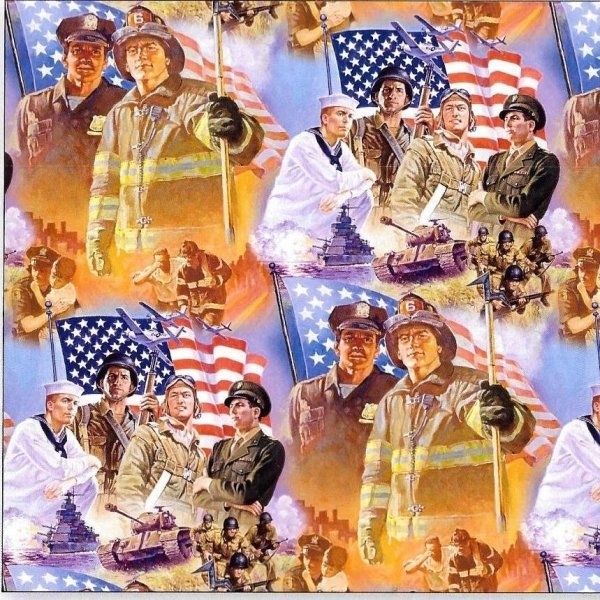When Neighborhood Concerns Escalate: Analyzing a Police Officer / Neighbor Possible Harassment and Bias Claims
(Zanjero Trails Community – Surprise Arizona)
In today’s hyperconnected world, social media serves as a platform for individuals to voice their grievances. However, the open airing of concerns can sometimes lead to unintended consequences. One such scenario involves a homeowner in an upscale neighborhood—where homes are valued at nearly half a million dollars—who takes to social media to express frustration about neighbors parking old, dilapidated vehicles in the community. These cars, described as leaking oil and being visually unappealing, detract from the neighborhood’s aesthetic and evoke strong reactions among residents.

While the online discussion garners support from others sharing similar frustrations, an unsettling series of events unfolds. One participant in the discourse, a U.S. military veteran, perceives targeted actions by a police officer neighbor that raise questions about harassment, bias, and the potential abuse of power. Below, we delve into the specifics of the situation and assess whether the actions constitute harassment or stem from misunderstandings.
The Events in Question
- Online Rants Lead to Offline Repercussions: The veteran actively participates in social media conversations about the state of the neighborhood and the nuisance posed by old, poorly maintained vehicles. Shortly thereafter, the veteran notices a pattern of behavior from a police officer neighbor, who also owns property in the community.
- Truck Parking Incident: The police officer parks his truck directly in front of the veteran’s home. While this is not inherently problematic, he follows up with a text message stating, “If you want me to move it, just let me know.” The veteran finds this communication unsettling because it implies knowledge of the veteran’s frustrations, even though the veteran never directly addressed the officer about parking concerns.
- Appearance of an Eyesore Vehicle: Compounding the situation, the police officer later acquires an old, black BMW with faded paint and oil leaks. This car is then parked conspicuously close to the veteran’s driveway, potentially escalating tensions. Given the earlier discussions about similar vehicles being an “eyesore,” this action appears to the veteran as a deliberate provocation.
- Seeking Legal Advice: Troubled by these events, the veteran seeks free legal counsel to understand whether the police officer’s actions could constitute harassment. The timing and context of the incidents suggest to the veteran a targeted response aimed at intimidation or retribution.
Analyzing the Situation
To determine whether the police officer’s behavior constitutes harassment or a hateful attitude, several factors must be examined:
1. Intent:
- The officer’s actions—parking in front of the veteran’s home and sending a text—could be interpreted as courteous or as intentionally unsettling. Without prior complaints from the veteran to the officer, the proactive message could suggest an awareness of the veteran’s social media activity.
- Acquiring and prominently parking an old, deteriorated vehicle close to the veteran’s driveway may be coincidental, but the context strongly suggests a deliberate attempt to provoke.
2. Pattern of Behavior:
- Harassment is often characterized by repeated, unwanted actions. In this case, the officer’s behavior appears calculated to elicit a reaction from the veteran, aligning with a potential pattern of low-grade harassment.
3. Power Dynamics:
- As a police officer, the neighbor holds a position of authority, which may exacerbate the veteran’s perception of intimidation. The imbalance in perceived power can amplify the veteran’s feelings of vulnerability and concern.
4. Bias or Personal Grievance:
- The officer’s actions may stem from a personal grievance related to the social media discussions. If the officer perceived the veteran’s comments as a slight against him or his property, his behavior could reflect retaliatory bias rather than a random occurrence.
5. Legal Context:
- Harassment laws vary by jurisdiction, but generally require proof of intent to harass, alarm, or annoy. While the veteran’s concerns are valid, establishing intent and a direct connection between the officer’s actions and a desire to intimidate would be essential to pursue legal action.
Conclusion
The described events suggest a troubling dynamic between the veteran and the police officer neighbor. While the actions may not rise to the level of criminal harassment without further evidence of intent, they reflect a concerning pattern that merits scrutiny. The officer’s position as a law enforcement professional heightens the gravity of the situation, as even perceived abuse of power undermines community trust.
To address the issue, the veteran could:
- Document Incidents: Maintain a detailed record of all interactions and occurrences, including dates, times, and descriptions.
- Communicate Directly: Consider addressing concerns with the officer in a calm, non-confrontational manner to seek clarity about the motivations behind his actions.
- Engage HOA or Mediation Services: If the neighborhood has an active HOA or access to community mediation, these channels could help resolve disputes without escalating tensions further.
- Pursue Legal Advice: Continue consulting legal experts to assess whether the behavior crosses legal thresholds for harassment.
Ultimately, fostering a respectful and cohesive community requires all parties to act in good faith. If the police officer’s actions are indeed intentional provocations, addressing them through appropriate channels is vital to uphold accountability and maintain neighborhood harmony.

